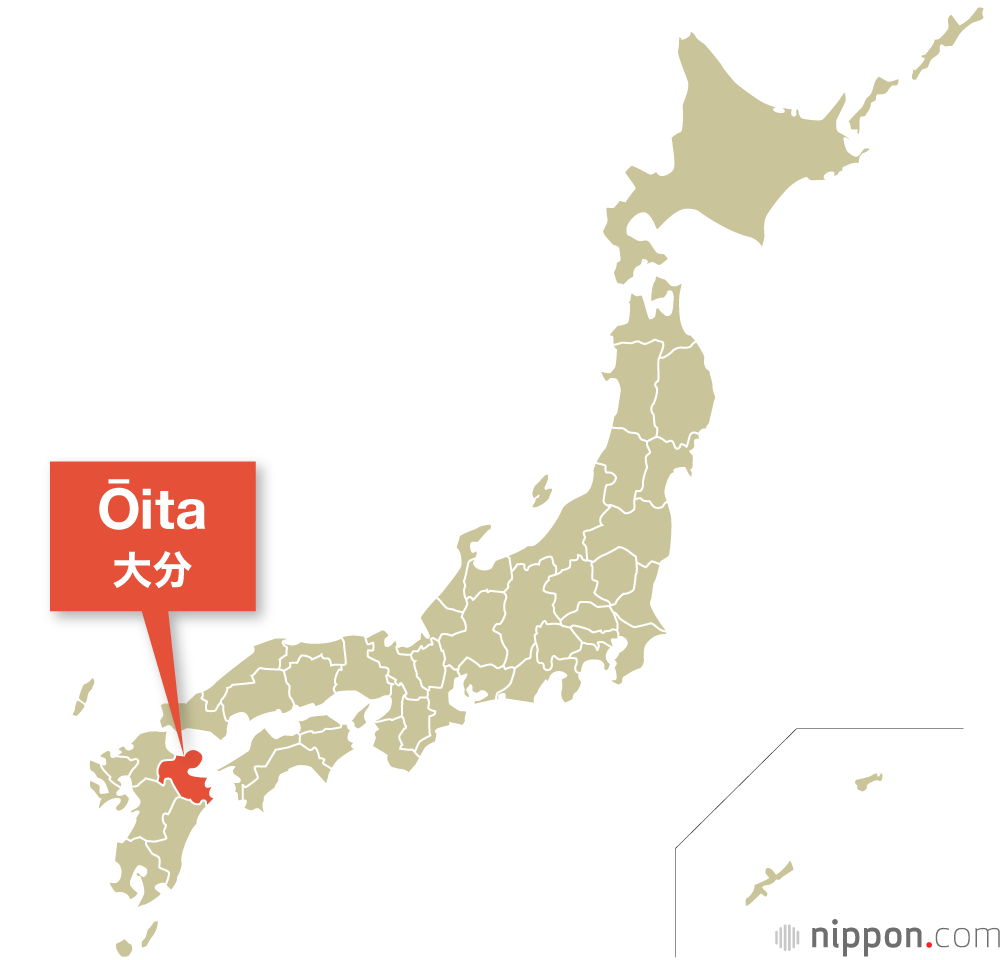
The Prefectures of Japan Ōita Prefecture
Ōita Prefecture Banzai Japan Idol Group Visit there Website Text Text Text Text https://www.youtube.com/watch?v=XHOmBV4js_E

Ōita Prefecture Banzai Japan Idol Group Visit there Website Text Text Text Text https://www.youtube.com/watch?v=XHOmBV4js_E
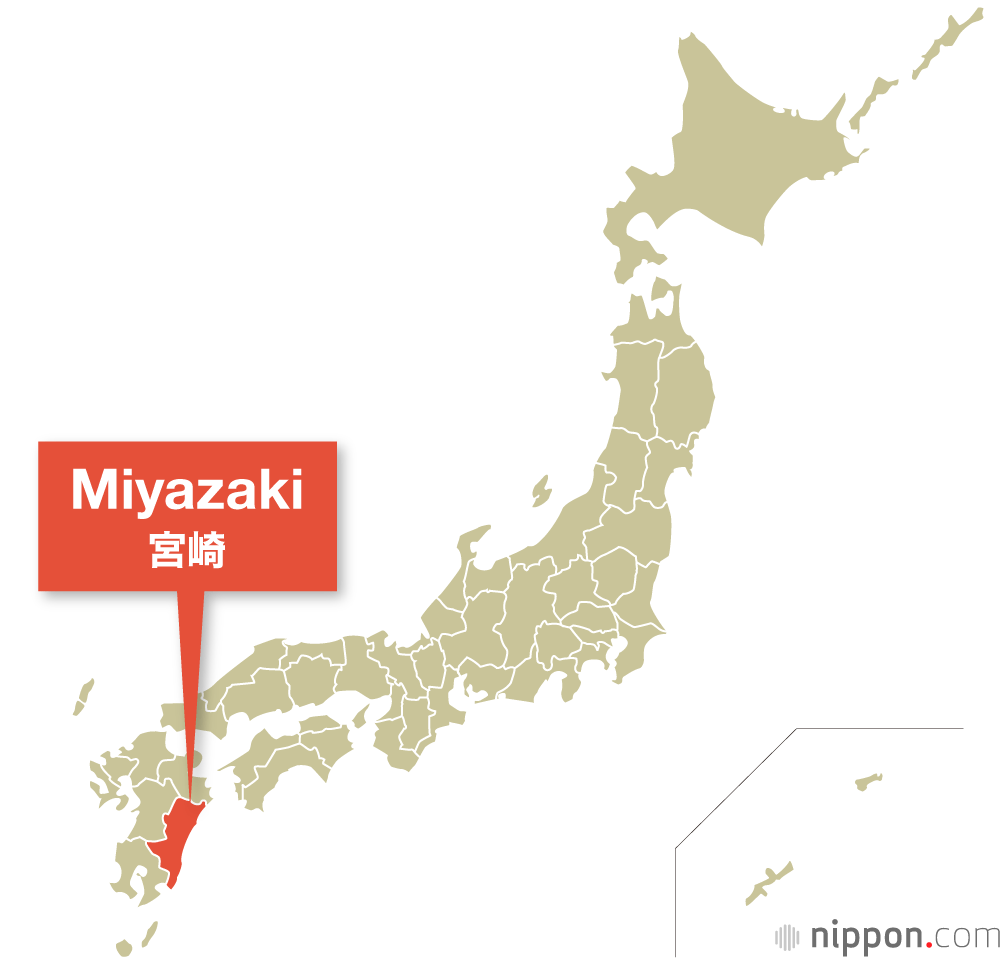
Miyazaki Prefecture Banzai Japan Idol Group Visit there Website Text Text Text Text https://www.youtube.com/watch?v=XHOmBV4js_E

Kagoshima Prefecture Banzai Japan Idol Group Visit there Website Text Text Text Text https://www.youtube.com/watch?v=XHOmBV4js_E
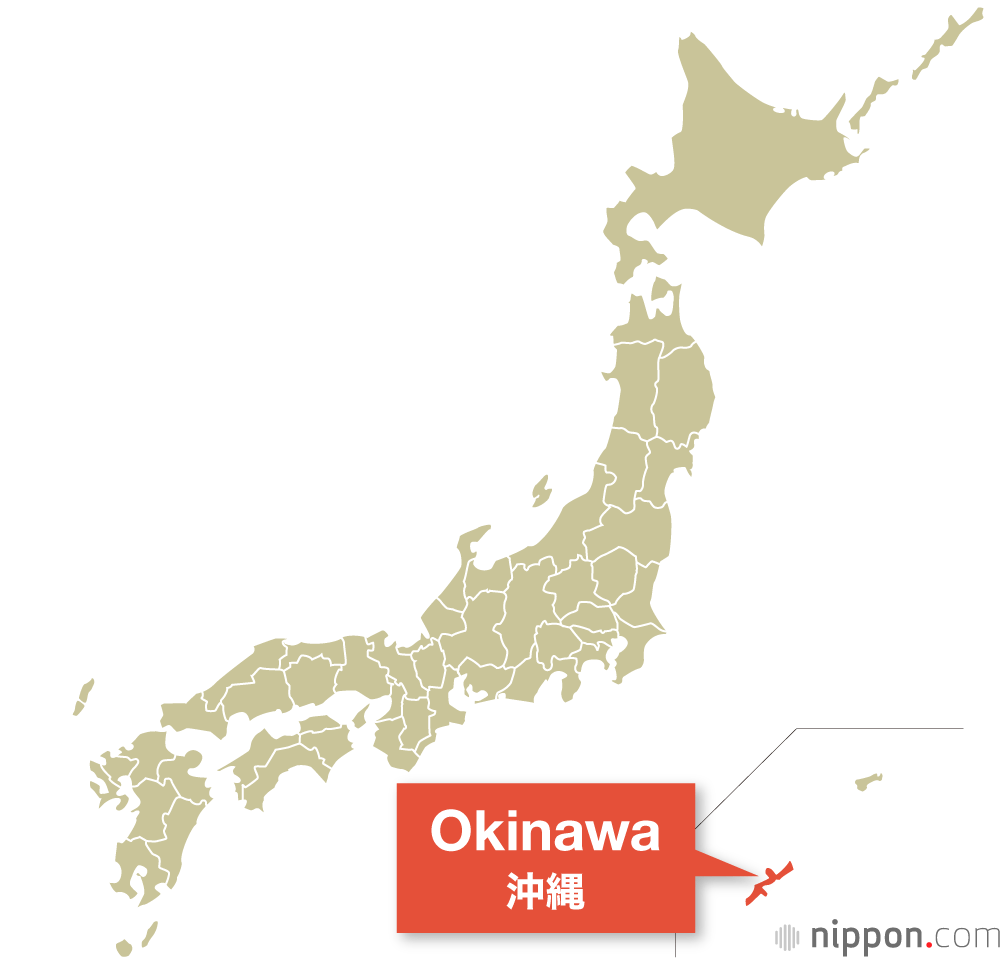
Okinawa Prefecture Banzai Japan Idol Group Visit there Website Text Text Text Text https://www.youtube.com/watch?v=XHOmBV4js_E
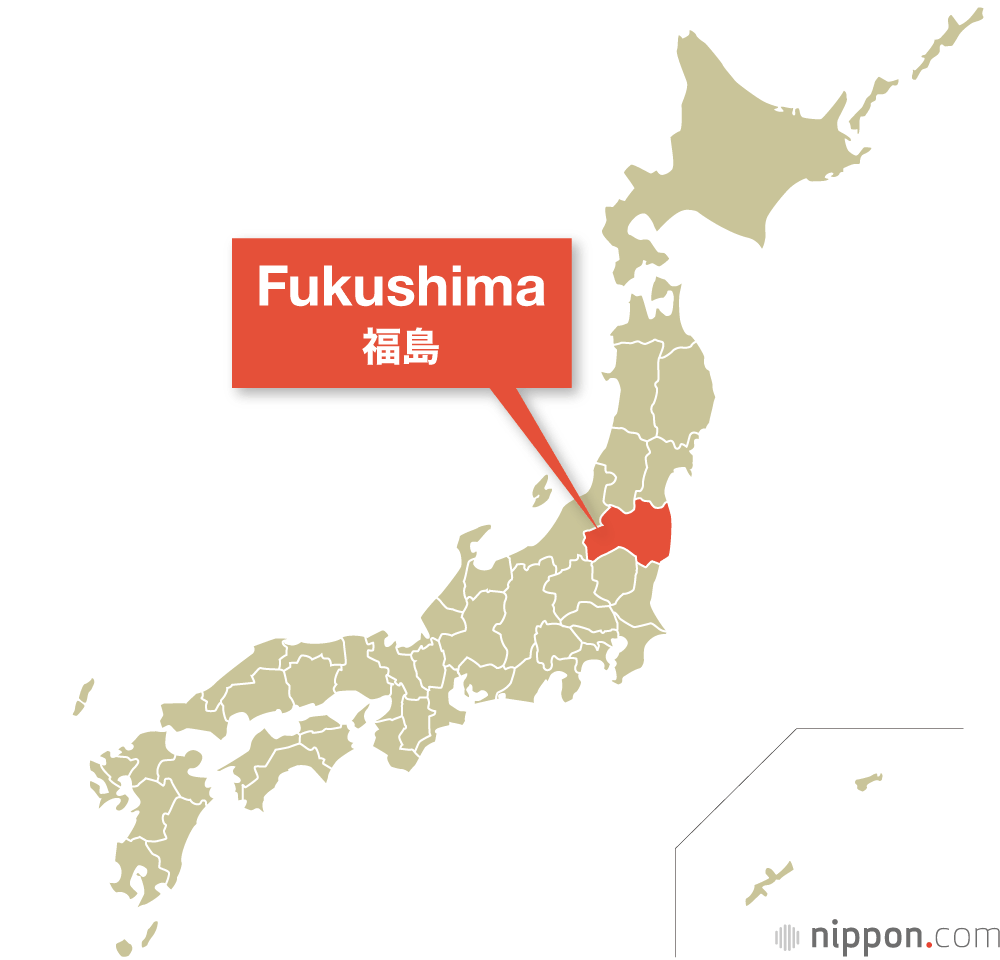
Fukushima Prefecture Banzai Japan Idol Group Visit there Website Fukushima Prefecture, Japan’s third largest by area, lies some 200 kilometers north of Tokyo on Japan’s main island of Honshū. Fukushima is the southernmost prefecture in Japan’s Tōhoku region. From Aizuwakamatsu, its historic castle town in the western Aizu area, to the Hamadōri area on the Pacific coast, this expansive prefecture has much to offer to visitors. Fukushima Prefecture at a Glance Established in 1876 (formerly part of Mutsu province) Capital: Fukushima Population: 1,833,000 (as of Oct. 2020) Area: 13,784 km2 Fukushima is the third largest prefecture in Japan and the second largest in Tōhoku, behind Iwate. Spanning much of the width of the island of Honshū, from its border with Niigata Prefecture in the west to the Pacific Ocean in the east, Fukushima boasts a range of terrain and climatic conditions, from the mountain wilderness in its far western area of Aizu to the warmer coastal Hamadōri area in the east, with the Nakadōri area between them. To the north of Fukushima are Miyagi and Yamagata Prefectures; to the south, it borders Gunma, Tochigi, and Ibaraki. Hiuchigatake, at 2,356 meters the highest peak in the prefecture, stands in Oze National Park, which straddles the borders with Gunma, Tochigi, and Niigata. More famous, though, is the 1,816-meter Mount Bandai, north of Lake Inawashiro in the center of the prefecture. Fukushima Prefecture has a thoroughly modernized economy, with chemicals, IT equipment, and transportation machinery topping its list of manufacturing industries. The prefecture’s broad plains and rich forestry resources have also made it a powerhouse in production of crops like peaches, for which it ranks second in Japan, and rice, sixth. The March 11, 2011, Great East Japan Earthquake dealt Fukushima a triple blow, with the quake damage followed by the massive tsunami and then the meltdowns at Fukushima Daiichi Nuclear Power Station on the prefecture’s northern coast. Parts of a number of municipalities near the station remain closed to habitation indefinitely due to radiation concerns, and work to dismantle and safely dispose of the damaged reactors and containment buildings is expected to continue for decades. Also receiving a major blow was Fukushima’s fisheries industry. Nationwide and international concerns about radiation leaking into the sea have caused consumers to avoid Fukushima’s seafood, despite stringent safety checks. The prefectural fishing industry’s output remains less than half of what it was in 2010, before the disaster. Tourism remains an area where Fukushima is counting on growth. Ski areas around Mount Bandai, hot springs along the coast and in the mountainous areas, the castle Tsurugajō and other historical attractions in the western city of Aizuwakamatsu, and the surprising presence of Spa Resort Hawaiians, a Pacific-island-themed hotel complex in the city of Iwaki, all bring people to visit. Located just a couple hours north from Tokyo via Shinkansen, Fukushima also hosts annual festivals like the Sōma Nomaoi, a horse-riding event with a millennium of history. The prefecture now uses a mascot called Kibitan, based on the kibitaki (narcissus flycatcher), to symbolize the recovery from the 3/11 disaster. Famous Figures Noguchi Hideyo (1876–1928): Bacteriologist. Despite badly burning one hand in an accident as a toddler, he persevered and became a celebrated medical researcher, doing work in the United States, Europe, South America, and Africa and helping to identify the causes of diseases like syphilis and yellow fever. Felled by illness in Ghana during a research trip, he remains a heroic figure to this day, and is featured on the ¥1,000 note. Tsuburaya Eiji (1901–70): Filmmaker. Known as the “father of tokusatsu” practical special effects, he was a creator of the Godzilla and Ultraman film franchises, and worked on some 250 movies during his prolific and influential career. Nishida Toshiyuki (1947–): Actor. Most famous in Japan for starring in the long-running Tsuribaka nisshi fishing-themed film series, he has won two Japanese Academy Awards for best actor.
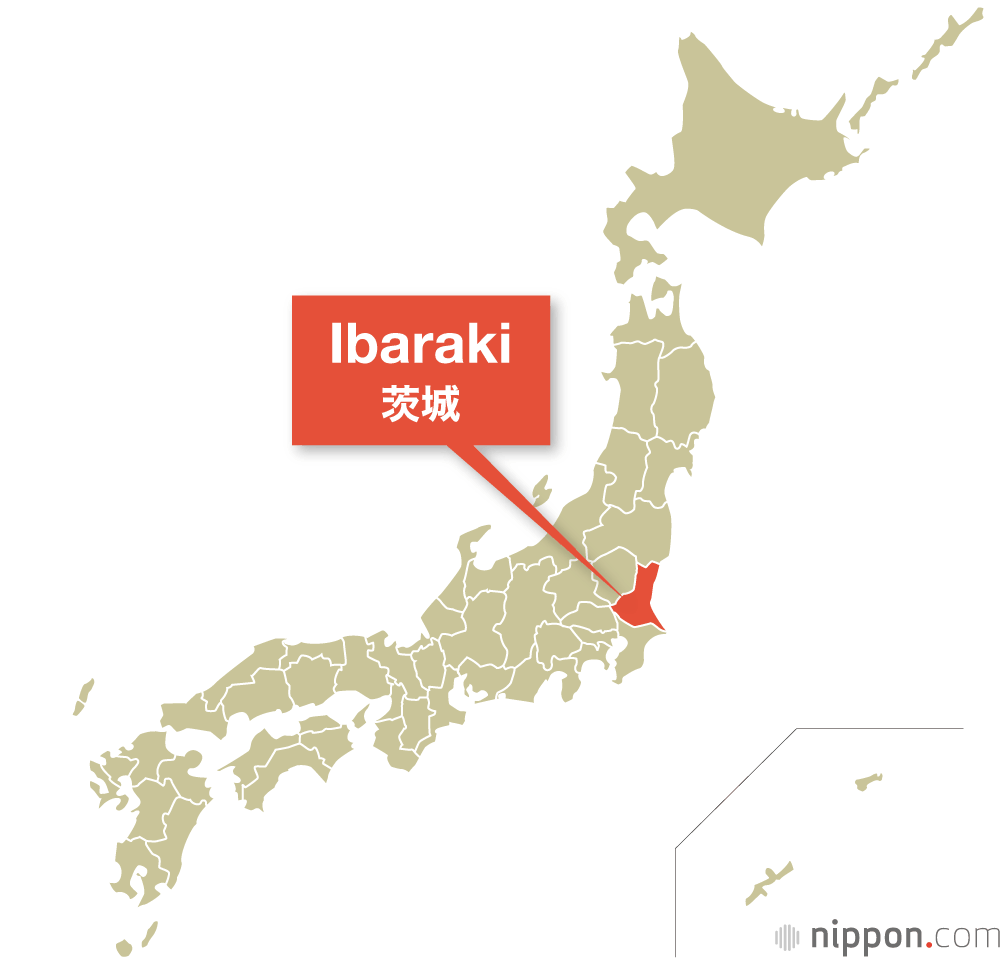
Ibaraki Prefecture Banzai Japan Idol Group Visit there Website Ibaraki Prefecture, north of Chiba on the Pacific coast in the Kantō region, is known as home to the famed garden Kairakuen, the site of Japan’s second-largest lake and second-longest river, and the nattō capital of Japan. Ibaraki Prefecture, located in the Kantō region to the north of Saitama and Chiba Prefectures, is famed for its association with nattō, which some claim was first created here a thousand years ago. There is more to the prefecture than fermented soybeans, though: Ibaraki is the site of Kasumigaura, Japan’s second-largest lake, and the Tone River, its second longest (and the river with the largest drainage basin in the nation). Ibaraki Prefecture at a Glance Established in 1875 (formerly Hitachi province) Capital: Mito Population: 2,867,000 (as of Oct. 2020) Area: 6,098 km2 The prefecture is just north of Chiba on the Pacific coastline. Mito, the capital, is the largest city, followed closely by others including Tsukuba in the prefecture’s southwest and Hitachi and Hitachinaka on the northern coast. The south of the prefecture is dominated geographically by Lake Kasumigaura, the second largest freshwater body in Japan behind Shiga’s Lake Biwa. Northwest from the lake stands Mount Tsukuba, Ibaraki’s most celebrated peak, which has featured in traditional poetry since the eighth-century Man’yōshū. Mito is home to Kairakuen, opened in the 1840s and counted among Japan’s three finest landscape gardens. The city of Tsukuba, meanwhile, hosts a number of leading scientific research institutions. The Tsukuba Science City plan, launched in the 1970s, has brought dozens of national and other public schools and research organizations to the city, and private-sector institutions bring the total to some 150 in all. This focus on research and development in scientific and technological fields, along with Ibaraki’s proximity to Tokyo and its access to the ocean, have given it a powerful industrial base. Businesses cluster in particular around the city of Hitachi, whose name is borne by the globally known corporation that was launched there in 1910, and the port city of Kashima, with a major presence in petrochemical and other materials industries. Ibaraki’s broad, flat plains and temperate climate give it an outsize footprint in agriculture, too. As of 2020, it was home to more farming businesses than any other prefecture, and placed third behind Hokkaidō and Kagoshima in the national ranking by crop value. Ibaraki is the second-ranking producer of tubers and vegetables, trailing only Hokkaidō. Perhaps its most famous agricultural product is the fermented soybeans known as nattō. One story says that this pungent dish was invented by accident when the military commander Minamoto no Yoshiie (1039–1106), encamped near Mito, discovered that the boiled soybeans wrapped in straw his troops were carrying had developed the stickiness and scent familiar to fans of the food today. The 18 producers in Ibaraki are the largest number in any prefecture in the national association of nattō manufacturers. The prefecture also claims fame as the formal birthplace of aikidō. Ueshiba Morihei, who founded the discipline, moved to Iwama, Ibaraki, in the 1940s, there building the Aiki Shrine and Ibaraki Dōjō that served as his base to build it into a globally practiced martial art. Famous Figures Mamiya Rinzō (1780–1844): Explorer and cartographer. Was the first Japanese to explore Karafuto (now Sakhalin), establishing that it was an island and not part of the Eurasian continent. Yokoyama Taikan (1868–1958): Artist. Studied under artists from several Japanese traditions and traveled extensively overseas on his way to becoming one of Japan’s best-known prewar painters. Cofounder of the Japan Fine Arts Academy. Yamaguchi Natsuo (1952–): Politician. Now president of junior ruling coalition partner Kōmeitō, he served in the House of Representative from 1990 to 1996 and the House of Councillors from 2001 to the present. Kuriyama Chiaki (1984–): Actress and model. Gained fame for appearances in films including Fukasaku Kinji’s 2000 Battle Royale and Quentin Tarantino’s 2003 Kill Bill: Volume 1. https://www.youtube.com/watch?v=bgj1jsjyLN8
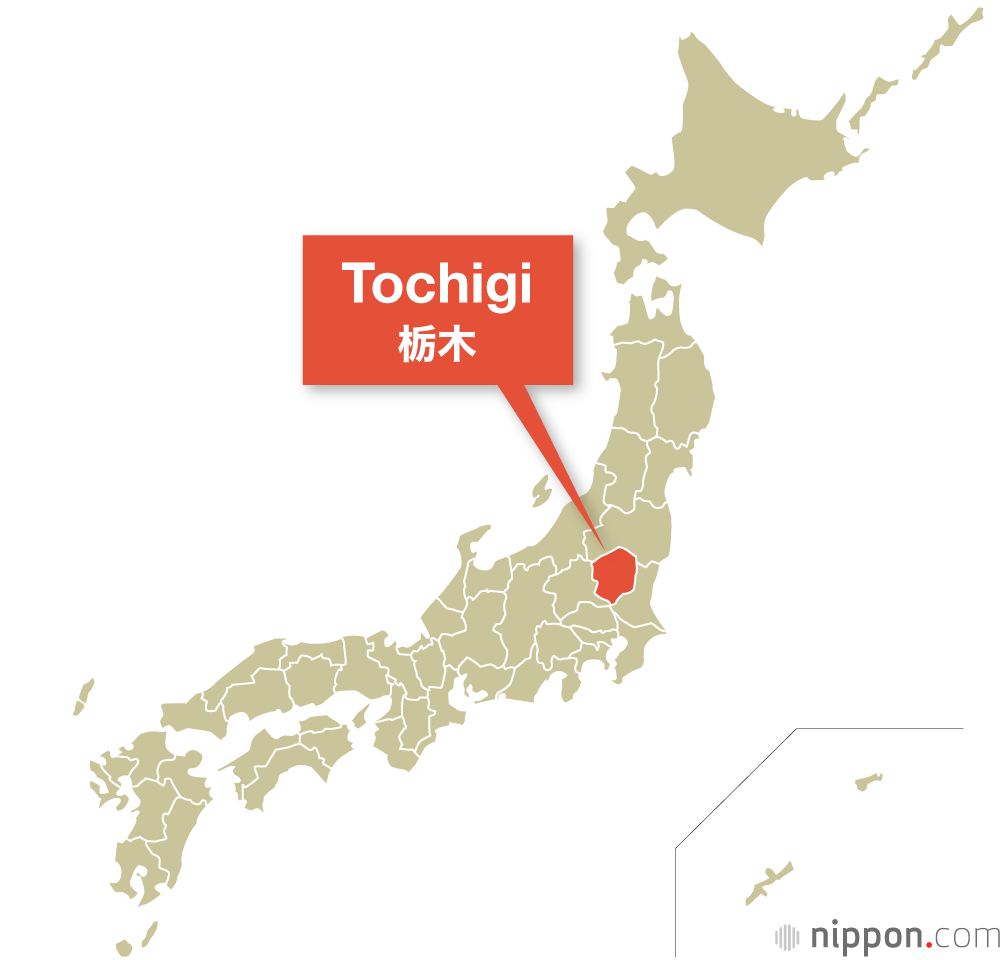
Tochigi Prefecture Banzai Japan Idol Group Visit there Website Tochigi Prefecture, north of Tokyo in the Kantō region, is rich in history and famed for the tourist destination of Nikkō. Tochigi Prefecture, located in the Kantō region to the north of Tokyo, is one of the eight prefectures in Japan without access to the sea. Utsunomiya, the prefectural capital, is famed for its gyōza dumplings. In the prefecture’s west is Nikkō, home to temples and shrines that have been declared a UNESCO World Heritage site. In the north are Shiobara, famed for its hot springs and autumn foliage, and Nasu, the location of one of the imperial family’s villas. Tochigi Prefecture at a Glance Established in 1873 (formerly Shimotsuke province) Capital: Utsunomiya Population: 1,933,000 (as of Oct. 2020) Area: 6,408 km2 Tochigi lies just north of Tokyo, making it a major tourist destination, both for domestic travelers and for foreign visitors looking to sample the history it has to offer. The forested mountains of Nikkō are the site of historic spots including Tōshōgū, which enshrines Tokugawa Ieyasu, the founder of the Tokugawa shogunate that ruled Japan from 1603 to 1867. The “Shrines and Temples of Nikkō” were inscribed on the UNESCO list of World Heritage sites in 1999. The prefecture is flat in the south and east, with the bulk of its population clustered in cities like the capital Utsunomiya, Sano, Ashikaga, and Tochigi. To the west and north lie tall mountains, including the Nikkō peaks of Mount Shirane (2,578 meters) and Mount Nantai (2,486 meters), as well as Nasu’s Mount Chausu (1,915 meters), the site of the volcanic gas-spewing “killer rock” celebrated in Matsuo Bashō’s poetry. Tochigi is an agricultural powerhouse, ranking in Japan’s top 10 prefectures for its crop and livestock output. In particular it ranks top in Japan for strawberries, including the Tochiotome variety named for the prefecture, as well as kanpyō dried gourd shavings and udo, Japanese spikenard or “mountain asparagus.” In the north of the prefecture, the mountains of Shiobara and Nasu offer a wealth of hot-spring destinations relatively near to Tokyo, making them popular destinations for short trips. Nasu is also home to one of the imperial villas, where the emperor and family go to escape the summer heat. In the southeast of Tochigi, the town of Mashiko is a globally famed ceramics center. In the west of the prefecture, Nikkō features world-famous shrines and temples that UNESCO has included on its list of World Heritage sites. Nikkō Tōshōgū, completed in 1636 by the third Tokugawa shōgun, Iemitsu, is a complex including the mausoleum for Ieyasu, the founder of the Tokugawa dynasty that lasted from the dawn of the seventeenth century up through 1867. The prefectural mascot, Tochimarukun, made his debut in 2009, and has been the official prefectural mascot since 2011. Famous Figures Ibuka Masaru (1908–97): Industrialist and cofounder of Sony. Along with Morita Akio, he built the company Tokyo Telecommunications Engineering, which became Sony in 1958. He was president of the company from 1950 to 1971, during which era it grew into a global name, and served as chairman from 1971 until his 1976 retirement. Guts Ishimatsu (1949–): Boxer and entertainer. Born Suzuki Yūji, made his professional debut in 1966, and despite a less than stellar professional win/loss record, managed to defeat Rodolfo González in 1974 to take the WBC lightweight title. Transitioned to a full-time media celebrity career from the 1970s onward. https://www.youtube.com/watch?v=_-5vj5Ew9WU

Gunma Prefecture Banzai Japan Idol Group Visit there Website Landlocked Gunma Prefecture, northwest of Tokyo on Japan’s main island of Honshū, is known for its rugged mountains, cold winters, and top-ranked hot springs. Gunma, one of just eight landlocked prefectures in Japan, is part of the Kantō region. The prefectural capital, Maebashi, is in a low-lying portion of the Kantō plain in the eastern center of the prefecture, along with Takasaki, the largest city. Much of southern, western, and northern Gunma consists of high, rugged mountain ranges shared with prefectural neighbors like Niigata, Nagano, and Saitama. Gunma Prefecture at a Glance Established in 1876 (formerly Kōzuke province) Capital: Maebashi Population: 1,939,000 (as of Oct. 2020) Area: 6,362 km2 Gunma’s proximity to Tokyo makes it an attractive tourist destination, in summer for outdoor activities like whitewater rafting in Minakami and hiking through the northeastern marshland of Oze. In winter, skiers and snowboarders enjoy the relatively uncrowded slopes of the prefecture’s resorts, but the big draw is the hot springs, especially those clustered in major bathing centers like Kusatsu and Ikaho. With its cold, relatively dry winters and mountainous terrain, Gunma is not known for rice production, but it does rank in the top 10 nationally for both vegetable production and livestock raising, including silkworms. In particular, the prefecture tops the nation in production of konnyaku (konjac root), a popular oden ingredient, and edamame fresh soybeans, and is the number-two producer of cabbage. The Tomioka Silk Mill and Related Sites were inscribed on UNESCO’s list of World Heritage in 2014, symbolizing Japan’s modernization and industrialization from the late nineteenth century onward. Tomioka grew into a major sericulture center that put Japan on the map as a global silk producer. Mount Asama, on Gunma’s border with Nagano Prefecture, is Honshū’s most active volcano. Standing 2,568 meters high, it erupted spectacularly in 1783, killing well over a thousand people and dealing a blow to regional agriculture for some years afterward. Gunma-chan, Gunma’s official mascot, is a horse, as befits a prefecture with -ma (horse) in its name. In ancient times the Gunma region was a center for horse breeding. Famous Figures Nakasone Yasuhiro (1918–2019): Politician and prime minister of Japan from 1982 to 1987. He worked to improve Japan’s relations with the Soviet Union and China, but remained close to the United States, as seen in his close personal ties with US President Ronald Reagan, dubbed the “Ron-Yasu” friendship. Domestically, his administration pushed forward the privatization of state entities like the Japan National Railways and Nippon Telegraph and Telephone. Mikuni Rentarō (1923–2013): Actor. Appeared in more than 150 films over a six-decade career, being nominated for a Japan Academy Award 10 times and taking the leading actor honor three times. Starred in titles including The Burmese Harp (1956), Kwaidan (1964), and many installments in the Tsuribaka nisshi fishing-themed comedy series. https://www.youtube.com/watch?v=T_V972Gu5Zk
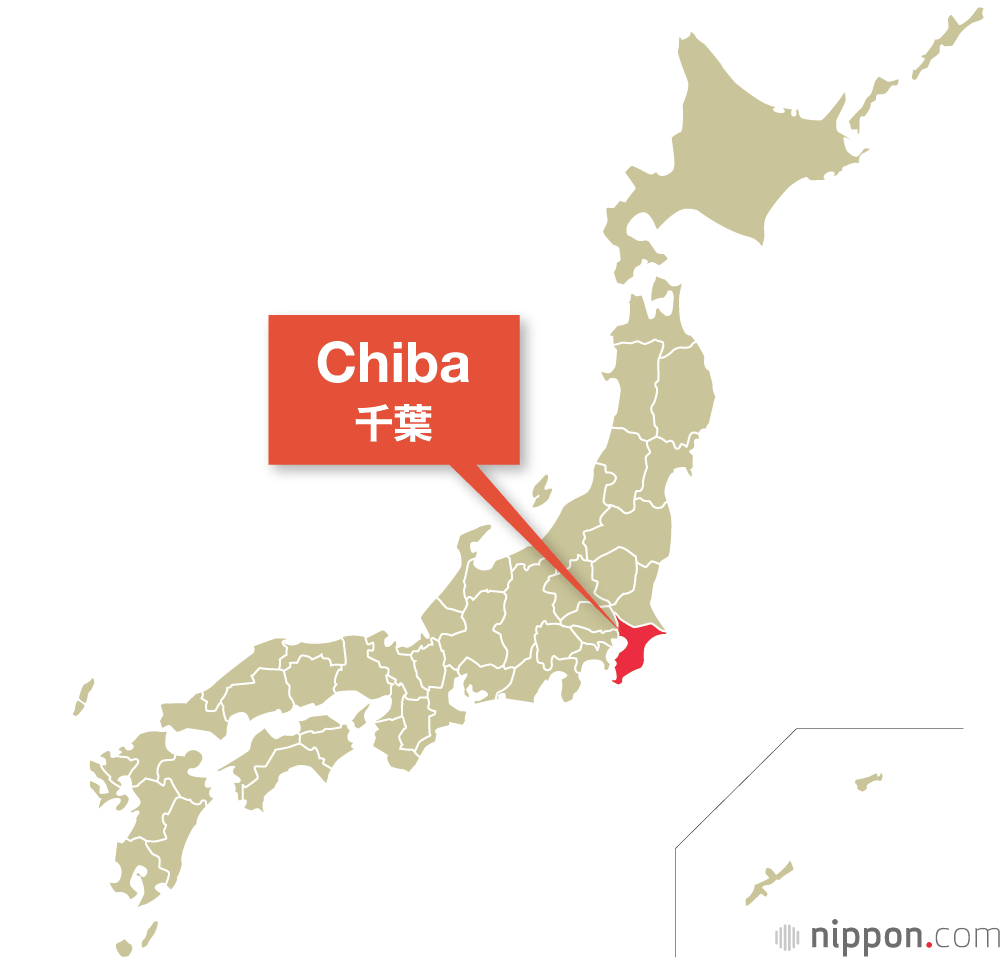
Chiba Prefecture Banzai Japan Idol Group Visit there Website With its long, rugged coastline, Chiba Prefecture offers fresh seafood and marine leisure, and is also home to Tokyo Disney Resort and one of the Tokyo area’s main international airports at Narita. Chiba Prefecture is located on Japan’s Pacific coast, east of Tokyo. Made up largely by the Bōsō Peninsula, the prefecture boasts 531 kilometers of coastline along the Pacific Ocean and Tokyo Bay. Inland, Chiba is relatively flat except for the low-lying Bōsō Hills in the south. The northwest corner of the prefecture, including the capital of Chiba, is part of the greater Tokyo area. It is the sixth largest prefecture by population. Chiba Prefecture at a Glance Established in 1873 (formerly Shimōsa, Kazusa, and Awa provinces) Capital: Chiba Population: 6,284,000 (as of Oct. 2020) Area: 5,157 km2 Chiba is home to Narita International Airport, making it one of the first places foreigners step foot in Japan, as well as the Tokyo Disneyland and DisneySea resorts, located in Urayasu. The prefecture’s long coastline makes it a popular recreational destination. The Kujūkurihama and Iwai Kaigan areas attract surfers and other beachgoers, while port towns like Chōshi and Katsuura offer scenic views and fresh seafood. Chiba’s rich soils produce a wide variety of agricultural products, with peanuts being particularly famous. The prefecture is a major fisheries center, and industry is also a major economic contributor, led by chemical production, petroleum refining, and steel manufacturing concentrated in the Keiyō Industrial Zone along Tokyo Bay. The Cape Nojima lighthouse at the southern tip of the Bōsō Peninsula. Famous Figures Inō Tadataka (1745–1818): Pioneering cartographer who surveyed the entire coastline of Japan. Noda Yoshihiko (1957–): Politician and prime minster of Japan 2011–12. Miura Kentarō (1966–2021): Mangaka best known for his work Berserk. https://www.youtube.com/watch?v=uRIEKZMxsKw
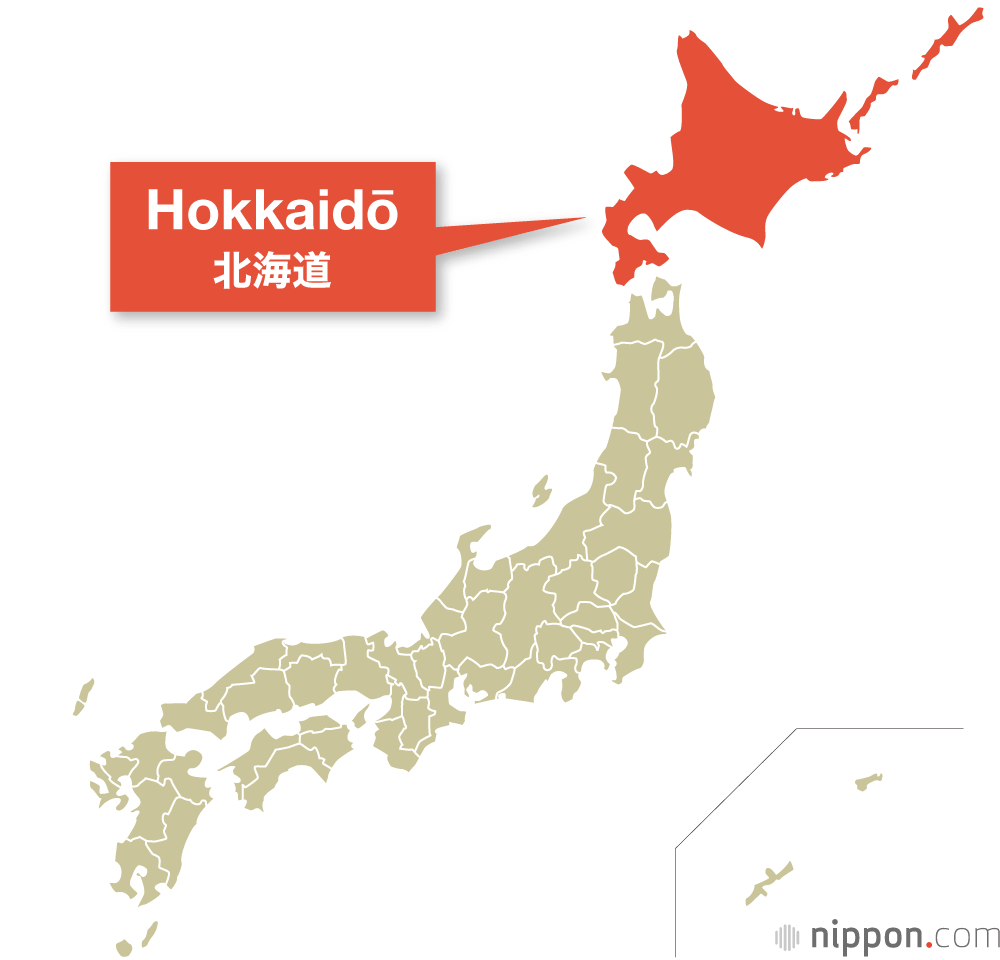
Tokushima Prefecture Banzai Japan Idol Group Visit there Website Tokushima Prefecture, on the eastern end of Shikoku, is a center of traditional indigo dying and is home to historic temples, steep gorges, and the lively Awa Odori festival. Tokushima Prefecture is located at the eastern end of Shikoku and shares borders with the island’s three other prefectures, Kagawa, Ehime, and Kōchi. It has an extensive coastline, extending from the Seto Inland Sea in the north and along the Kii Channel and Pacific Ocean to the east. The mountainous inland is dominated by the low peaks of the Sanuki Mountains in the north and the taller Shikoku range in the south, which includes 1,955-meter Mount Tsurugi, Shikoku’s highest summit. The Yoshino River, the prefecture’s main artery, passes through steeps gorges and then meanders across the flat, arable land in the central part of the prefecture while making its way to the coast. Tokushima Prefecture at a Glance Established in 1871 (formerly Awa province) Capital: Tokushima Population: 720,000 (as of Oct. 2020) Area: 4,147 km2 The prefecture’s long coastline, densely forested mountains, and rich culture and history make it a popular destination for travelers. The Naruto Strait is famed for its massive whirlpools, while the Pacific coastline to the south attracts surfers and other beachgoers. The Ōboke and Koboke gorges in the Iya valley near the headwaters of the Yoshino River offer outdoor activities like hiking and rafting. The henro, an ancient 88-temple walking route that snakes around Shikoku, starts in Tokushima. The Awa Odori, held in mid-August, is one of Japan’s most famous festivals. Tokushima has a robust economy supported by industries like LEDs, pharmaceuticals, and machinery manufacturing. Paper and lumber are core sectors that rely on the prefecture’s abundant forests. Farmers produce staples like rice and vegetables along with specialties like the citrus fruit sudachi and the Naruto Kintoki variety of sweet potato. Naruto wakame is farmed in the nutrient-rich coastal waters. Since the Edo period (1603–1868), Tokushima has been a traditional center for the production of wasanbon sugar used to make Japanese confections and indigo. Tokushima’s official mascot Sudachi-kun is based on the small sudachi citrus fruit grown in the prefecture. Famous Figures Miki Takeo (1907–88): Liberal Democratic Party politician who served as prime minister of Japan from 1974 to 1976. Setouchi Jakuchō (1922–2021): Author and Buddhist nun known for her biographical novels and modern Japanese translations of classical works like The Tale of Genji. https://www.youtube.com/watch?v=AKIMrnBIybI

Lorem ipsum dolor sit amet, consectetur adipiscing elit. Ut elit tellus, luctus nec ullamcorper mattis, pulvinar dapibus leo.